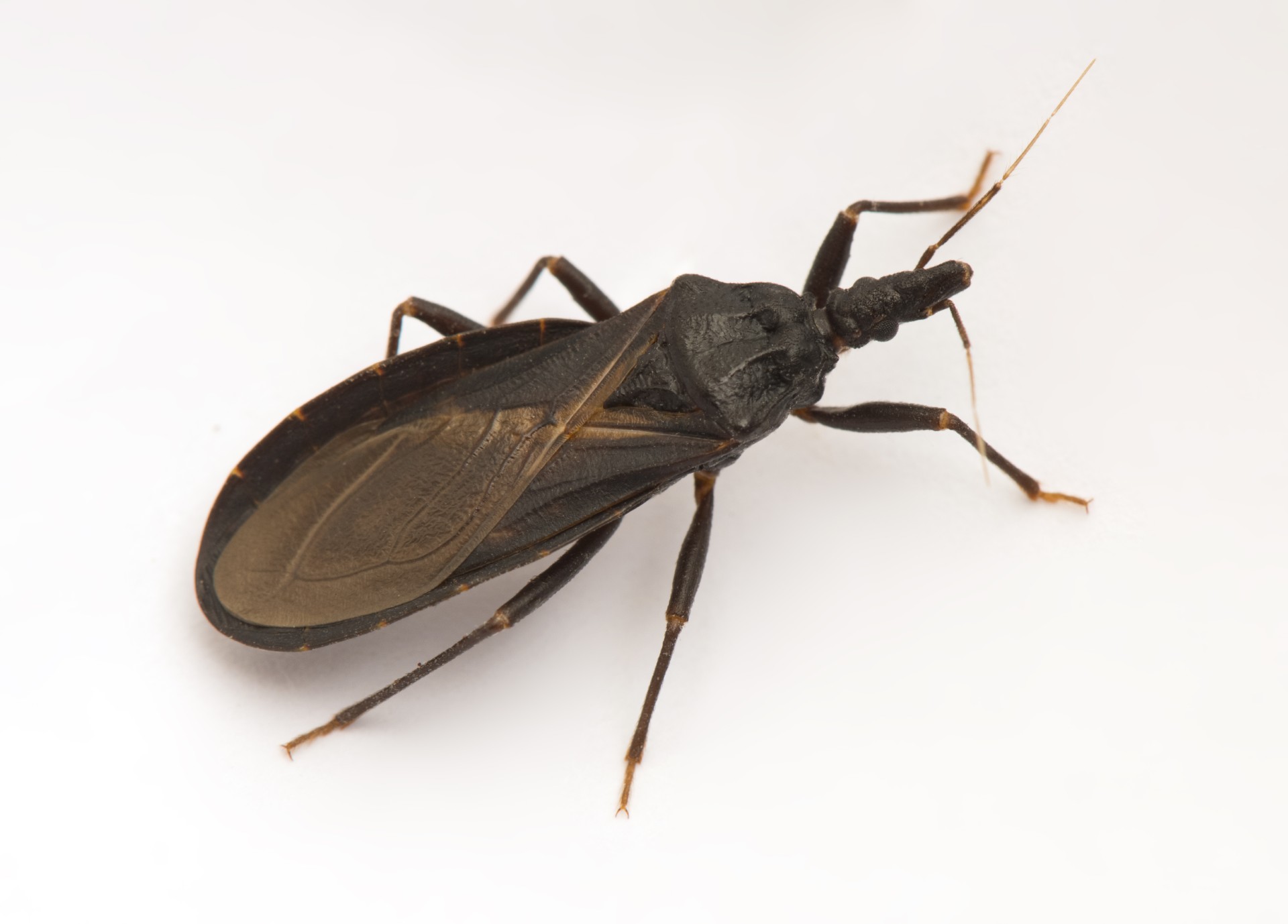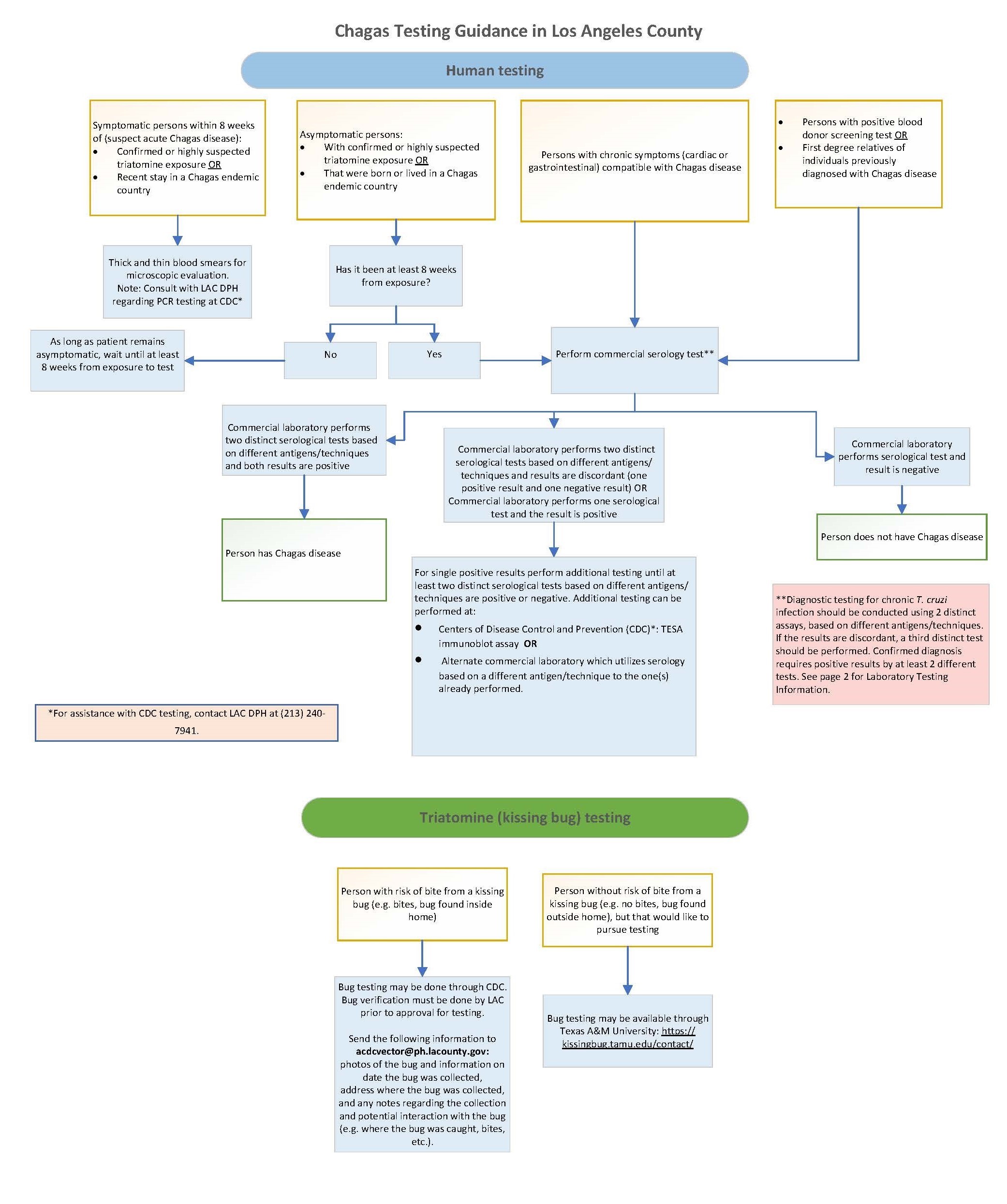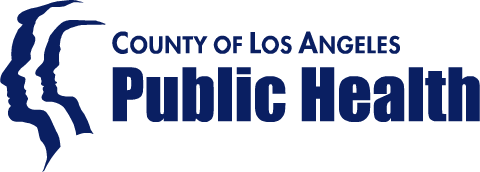
What is Chagas?
Chagas disease (also known as American trypanosomiasis) is caused by the parasite Trypanosoma cruzi (T. cruzi). The parasite is transmitted via several species of the triatomine bug (also known as the kissing bug, cone-nose bug, reduviid bug, blood sucker, benchuca, vinchuca, chinche, or barbeiro). Triatomine bugs can infect humans, dogs, and other domestic and wild animals. Chagas disease is endemic in 21 countries of Latin America. It is estimated to affect approximately 8 million people worldwide (Pan American Health Organization [PAHO]) and 300,000 people in the United States (Centers for Disease Control and Prevention [CDC]).
Current Situation in LA County
Chagas disease became a reportable disease in LA County in December 2019. Since then, LA County Department of Public Health (DPH) has identified over 200 confirmed cases of Chagas disease in the County. Most individuals identified with Chagas disease in LA County are infected while living in endemic areas in Latin America where T. cruzi transmission is common. Locally acquired cases (i.e., those without history of residence in, or travel to, an endemic area) have occurred in LA County, but the numbers documented are small (< 5 cases).
Transmission and Prevention
Infection happens when a person comes into contact with parasites in the feces of an infected bug through scratching or rubbing the feces into the bite area, or into their eyes, nose, or mouth. T. cruzi can be passed from infected mother to baby during pregnancy. Less commonly, it can be acquired through blood transfusions or organ transplantations, laboratory accident, or contaminated food or drink.
In the United States, 11 species of triatomine bugs can carry T. cruzi. In California, the most widespread species is Triatoma protracta (T. protracta) which often lives near rodent nests. These bugs can also live indoors, in cracks and holes of substandard housing, or in a variety of outdoor environments. Triatomines mainly feed at night. They are most encountered in late spring or early summer, when they are attracted to lights around homes.

Minimize risk of exposure to triatomine bugs:
- Seal points of entry into homes (fix structural gaps, damaged vents; install screens on all windows/doors).
- Remove bug/rodent harborage near homes (lumber, firewood, debris, clutter, vegetation against structures).
- Address rodents and rodent nests in homes.
- Reduce outdoor lighting or use yellow lights to minimize attraction of bugs.
- Have pets sleep indoors, especially at night.
- Keep indoor and outdoor pet resting areas clean; regularly check for bugs.
Take precautionary measures when traveling to Chagas-endemic countries:
- Avoid sleeping in adobe, mud, or thatch housing.
- Use insecticides or insecticide-treated bed nets.
- Wear long sleeves and pants.
- Stay in places with air conditioning or that use window and door screens.
Symptoms and Complications
Chagas disease has two stages: acute (early) and chronic (long-term).
Acute Phase (Early Stage):
During this stage, most people who get infected don’t have symptoms, or they might feel like they have a mild flu. This stage starts about 1 to 2 weeks after being exposed to the parasite. Some people may have:
- Fever
- Headache
- Swelling of the eyelid or where the bug bit them
These symptoms usually last 4 to 8 weeks.
Chronic Phase (Long-Term):
If the disease isn’t treated early, it can cause long-term health problems. Most people stay symptom-free for life. However, about 1 in 4 people may develop serious health problems many years later, especially with their:
- Heart (such as heart failure or abnormal rhythms)
- Digestive system (such as an enlarged esophagus or colon)
These problems can be life-threatening if not managed.
Allergic Reactions to Bug Bites:
Even without getting infected, some people can have allergic reactions to bites from triatomine bugs. These reactions may cause:
- Redness, itching, or swelling
- Hives or welts
- In rare cases, a serious allergic reaction called anaphylactic shock
If you think you may have been exposed or are having symptoms, contact your healthcare provider.
Common Questions
What should I do if I find a kissing bug or think I was bitten by a kissing bug?
- If you think you were bitten by a kissing bug, consult with your healthcare provider. Your healthcare provider may order blood tests to determine whether you may have become infected. Residents can call 2-1-1 for help locating a health care provider.
- There are many bugs that look like kissing bugs. See photos of kissing bugs here: CDC species guide.
-
If you are an LA County resident and think you were bitten by a kissing bug, testing of kissing bugs is available through LA County DPH:
- To capture the bug, use a glove or small plastic bag so you do not touch the bug directly. Keep the bug in a closed plastic bag, a vial, or other small container. Consider using a bleach solution to clean the surfaces where the bug was found. The bug can be put in a freezer for a few hours to kill it.
- Identification of the insect must be done by LA County DPH prior to submission for testing. Please email photos of the bug and information on the date the bug was collected, the address where the bug was collected, and any notes regarding the collection and potential interaction with the bug (e.g., where the bug was caught, bites, etc.) to acdcvector@ph.lacounty.gov.
- If you were not bitten by a kissing bug but are interested in testing kissing bugs, LA County residents can request testing of the bug through Texas A&M University: Kissing Bug Community Science Program.
What should I do if I was notified by a blood donation center that I screened positive for Chagas disease?
Screening of the U.S. blood supply for Chagas disease began in 2007, and it is estimated that 1 in every 27,500 donors test positive nationwide. If you have been informed that your blood has tested positive for T. cruzi infection, consult your healthcare provider immediately, as they will need to order additional blood tests to provide a definitive diagnosis. Early treatment may prevent progression to more serious disease. Residents can call 2-1-1 for help locating a health care provider.
If I have Chagas disease, should my family members be tested for the infection?
- Family members should be tested if they could have become infected the same way that you did (e.g., had similar exposures / lived in the same household where triatomine bugs were found).
- Testing should be done in family members of a woman with chronic Chagas disease regardless of triatomine exposure, as Chagas disease can be passed from mother to child during pregnancy. Testing is recommended for the children, mothers, and siblings.
Information for Clinicians and Healthcare Professionals
Providers should take a detailed patient history, including travel and exposure information and perform testing based on phase of disease:
Acute Chagas Disease
Diagnosis of all acute Chagas cases requires at least one of the following positive laboratory tests:
- Visualization of T. cruzi by microscopy (e.g., wet mount-microscopic examination, thick and thin smears-Giemsa stain) performed on any tissue or body fluid OR
- Detection of T. cruzi DNA by molecular testing (e.g., PCR, NAAT, metagenomic sequencing) performed on any tissue or body fluid
CDC offers a Chagas Disease Molecular Detection test: https://www.cdc.gov/laboratory/specimen-submission/detail.html?CDCTestCode=CDC-10475.
Chronic Chagas Disease

Chronic Chagas disease can be diagnosed based on serologic testing. Initial testing should be done through commercial laboratories. Any person who tests positive for Chagas on a blood donor screening test or on a single test type at a commercial lab, must have additional testing ordered to confirm the diagnosis. A single test is not sufficiently sensitive and specific to make the diagnosis. Confirming chronic Chagas disease requires the detection of IgG antibodies specific to T. cruzi by at least two diagnostic tests using two different antigen preparations/techniques (e.g. enzyme-linked immunosorbent assay (ELISA), TESA immunoblot (IB) assay, Rapid Diagnostic Test (RDT)). There are several tests available commercially and through CDC. View the LA County Chagas disease testing guidance here, or click the image on the right (or below on mobile).
All specimens for CDC testing should go through LA County DPH approval. Please reach out to LA County DPH Acute Communicable Disease Control Program for assistance with testing: (213) 240-7941.
In the U.S., about 40,000 women of childbearing age have Chagas disease. Healthcare providers should screen pregnant women at risk for Chagas disease before or during pregnancy. Women who have lived in endemic regions, such as Mexico, Central America or South America are at greatest risk of Chagas Disease. Routine testing of pregnant women in the U.S. is not generally necessary unless there is concern for exposure to triatome bugs. Any infant born to a mother diagnosed with Chagas disease or to a mother from an endemic area who has not been screened should be evaluated for congenital Chagas disease. Most babies born with Chagas disease show mild or no symptoms, however if untreated, infection can be lifelong and may lead to severe complications. Diagnosis of congenital Chagas disease involves detecting T. Cruzi parasite in blood smears and/or PCR testing for T. cruzi DNA. Serology is not useful for diagnosis due to presence of mother’s antibodies.
Resources on testing of pregnant women and infants:
- CDC: Clinical Considerations for Congenital Chagas Disease English | Spanish
- CDC: Algorithm for Evaluation of Chagas Disease in Pregnant Women English
- CDC: Algorithm for Evaluation of Congenital Chagas Disease: Infant <3 Months of Age English
- CDC: Algorithm for Evaluation of Congenital Chagas Disease: Infant ≥3 Months of Age English
In the United States, there are two drugs that can be used to treat infection: benznidazole and nifurtimox. Antiparasitic treatment is indicated for all cases of acute or reactivated Chagas disease and for chronic infections in those up to age 18. Treatment is strongly recommended for adults up to 50 years old who do not already have advanced cardiomyopathy. Side effects are common with both drugs and are more frequent and severe with increasing age. For adults older than 50 years of age, treatment decisions should be individualized, and physicians should weigh the benefits and risks of treating with antiparasitic drugs. Treatment of infected infants is highly successful with a cure rate of >90% if treated in the first year of infection. The CDC provides consultation to health care providers concerning Chagas disease diagnostic testing and treatment:
- Division of Parasitic Diseases Public Inquiries line: 404-718-4745
- Email: chagas@cdc.gov.
- Please also see CDC page for health care professionals for more detailed information on Chagas clinical considerations: https://www.cdc.gov/chagas/site.html
Reporting Information
Healthcare providers are mandated to report cases of Chagas disease to LA County DPH.
Chagas disease cases must be reported to LA County DPH by electronic transmission (including secure email or fax), telephone or mail within 7 calendar days from identification:
- Phone – call Acute Communicable Disease Control Program at (888) 397-3993 during business hours or
- Mail or fax – complete a Confidential Morbidity Report (CMR) form and follow secure email, fax or mail instructions.
For more information about reporting, click here.
Resources
Center of Excellence for Chagas Disease (CECD) at Olive View-UCLA Medical Center
- LA County is home to the Center of Excellence for Chagas Disease (CECD), the only organization in the United States dedicated exclusively to providing comprehensive care for people affected by Chagas disease. The CECD offers comprehensive screening and a full range of treatment options for those with suspected or confirmed Chagas disease. LA County residents can receive free confirmatory testing at the CECD, regardless of insurance status. For more information, visit https://chagasus.org/ or contact the CECD at 14445 Olive View Drive, Suite 2C121, Sylmar, CA 91342; phone: 747-210-4287; hours: Monday–Friday, 8:00 a.m.–5:00 p.m.; email: chagas@dhs.lacounty.gov.
Resources for the Public
- CDC: Fact Sheet for the Public English | Spanish
- CDC: Fact Sheet: Protect Your Baby From Chagas Disease English | Spanish
- CDC: What Happens to Blood Donors Who Test Positive for Chagas Disease? English
- CDPH: Facts about Conenose Bugs in California English
- CECD at Olive View-UCLA Medical Center: Prevention of Chagas Disease English
- CECD at Olive View-UCLA Medical Center: Frequently Asked Questions English
- Texas A&M University: Kissing Bugs & Chagas Disease English | Spanish
- Texas A&M University: All about Kissing Bugs English
- Texas A&M University: Canine Chagas Disease and Kissing Bugs in Texas English
- Texas A&M University: Kissing Bug Identification Sheet English
Resources for Healthcare Professionals

